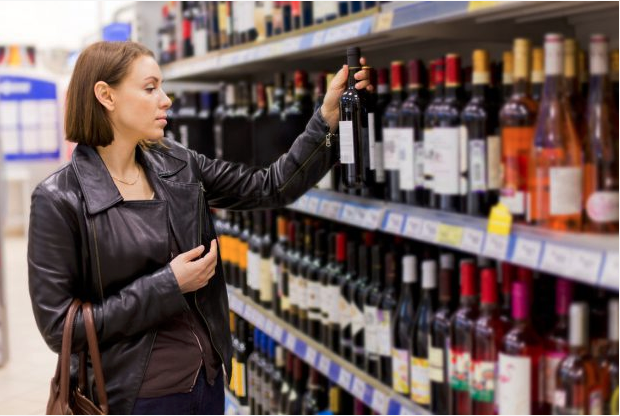Australian retailers and manufacturers are missing out on around $11.3 billion through promotions that generate little to no incremental sales.
A Nielsen study has found that in Australia, $51 billion is spent on promoted sales; however 48 per cent of this amount would have happened anyway. In other words, there are grocery items that would sell the same amount whether they were promoted or not.
In the past eight years, the percentage of products sold on promotion has increased from 30 per cent to 40 percent, making Australia one of the most highly promoted countries in the world. We are second only to New Zealand on 59 per cent and just ahead of the US on 30 per cent.
The high instance of products sold on promotion has given rise to Australian shoppers who are highly price aware. Some of these shoppers change their behaviours by picking where to shop, switching brands in-store and pantry stocking on promoted products.
So how can retailers capture some of that $11.3 billion opportunity?
To understand that, Nielsen analysed the amount manufacturers and retailers spend on discounts across 7,000 items and 22 categories. By looking at how sensitive shoppers are to shelf-price changes and promoted-price changes, products were split into four distinct pricing strategies:
- Fewer but deeper discount strategy (Hi-Lo): These products are more sensitive to promoted-price than they are to shelf-price.
- Highly sensitive to price: Products in this quadrant are sensitive to both shelf and promoted-prices and tend to be categories like pet food, pasta and deodorant.
- EDLP or Everyday Low Price: With the high levels of price promotions training consumers to look for promos in-store, it’s no surprise that few categories have higher concentration in this quadrant.
- Limit the number of promotions (Hi-No): This strategy works best for products with low sensitivity to both regular and promoted price changes. This is the quadrant where a significant amount of discounts are often ‘given away’.
In fact, 59 per cent of the most highly-promoted items do not react to discounts because they fit to either EDLP or to Hi-No strategies. Limiting the promotions or changing the strategy could be more effective for these products.
In the competitive world of retail pricing and promotions, relentlessly promoting products with no regard for sales uplift is a difficult strategy to sustain. What’s clear is that demand-driven price and promotion strategies are more likely to be sustainable in the long term.

